Filter by
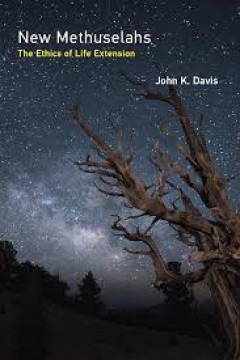
New Methuselahs :the ethics of life extension
An examination of the ethical issues raised by the possibility of human life extension, including its desirability, unequal access, and the threat of overpopulation.OCLC-licensed vendor bibliographic record.
- Edition
- -
- ISBN/ISSN
- 9780262347228
- Collation
- 1 online resource (ix, 354 pages)
- Series Title
- -
- Call Number
- -
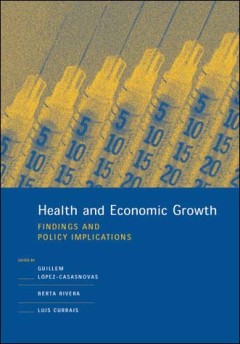
Health and economic growth : findings and policy implications
While human capital is a clear determinant of economic growth, only recently has health's role in this process become a focus of serious academic inquiry. By marrying the separate fields of health economics and growth theory, this groundbreaking book explores the explicit mechanisms by which a population's individual and collective health status affects a nation's economic development and perfo…
- Edition
- -
- ISBN/ISSN
- 9780262290586
- Collation
- 1 online resource (x, 385 pages) : illustrations
- Series Title
- -
- Call Number
- 330 HEA

Human Dignity, Human Rights, and Responsibility :the New Language of Global B…
Title from PDF title page (viewed on Oct. 11, 2012)."'Human dignity' has been enshrined in international agreements and national constitutions as a fundamental human right. The World Medical Association calls on physicians to respect human dignity and to discharge their duties with dignity. And yet human dignity is a term--like love, hope, and justice--that is intuitively grasped but never clea…
- Edition
- -
- ISBN/ISSN
- 9780262305815
- Collation
- 1 online resource (xiv, 349 pages) :illustrations.
- Series Title
- -
- Call Number
- -
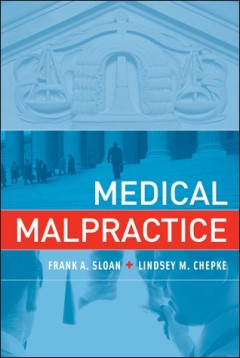
Medical malpractice / Medical Malpractice
Economist Frank Sloan and lawyer Lindsey Chepke examine the U.S. medical malpractice process from legal, medical, economic & insurance perspectives, analyse past efforts at reform, & offer policy recommendations.
- Edition
- -
- ISBN/ISSN
- -
- Collation
- 1 online resource (viii, 458 pages) :
- Series Title
- -
- Call Number
- -
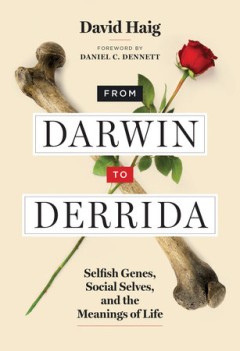
From Darwin to Derrida: Selfish Genes, Social Selves, and the Meanings of Life
How the meaningless process of natural selection produces purposeful beings who find meaning in the world. In From Darwin to Derrida, evolutionary biologist David Haig explains how a physical world of matter in motion gave rise to a living world of purpose and meaning. Natural selection, a process without purpose, gives rise to purposeful beings who find meaning in the world. The key to this…
- Edition
- -
- ISBN/ISSN
- 9780262358026
- Collation
- -
- Series Title
- -
- Call Number
- -
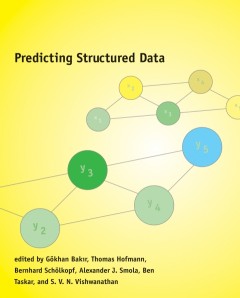
Mining the biomedical literature / Structured Data
A concise introduction to fundamental methods for finding and extracting relevant information from the ever-increasing amounts of biomedical text available.
- Edition
- -
- ISBN/ISSN
- -
- Collation
- 1 online resource (xi, 138 pages) : illustrations.
- Series Title
- -
- Call Number
- -
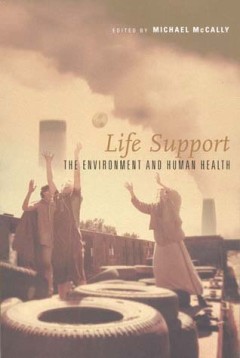
Life Support: The Environment and Human Health
A solutions-oriented examination of the connections between environmental degradation and human health.Life Support brings together the best medical information available on the implications for human health of the global environmental crisis. Written by prominent physicians and public health experts who see environmental degradation as a serious threat to public health, it provides essential i…
- Edition
- 1
- ISBN/ISSN
- 9780262279338
- Collation
- -
- Series Title
- -
- Call Number
- -
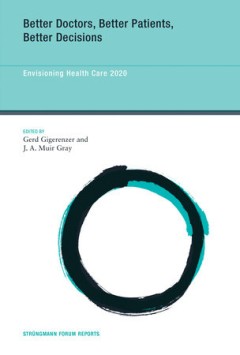
Better doctors, better patients, better decisions :envisioning health care 2020
How eliminating "risk illiteracy" among doctors and patients will lead to better health care decision making.OCLC-licensed vendor bibliographic record.
- Edition
- -
- ISBN/ISSN
- 9780262298957
- Collation
- 1 online resource (xi, 391 pages) :illustrations.
- Series Title
- -
- Call Number
- -
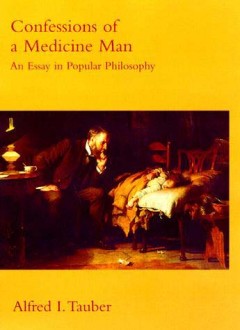
Confessions of a Medicine Man: An Essay in Popular Philosophy
A physician/philosopher uses anecdotes, historical narrative, and philosophical concepts to draw a moral portrait of the doctor-patient relationship."My mission is to analyze medicines ethical structure. I do so as both a physician and a philosopher. Of my two voices, it is the latter that is informed by the former ... As a physician I have sought professional solutions to the frustrations of f…
- Edition
- -
- ISBN/ISSN
- 9780262284691
- Collation
- 1 online resource
- Series Title
- -
- Call Number
- -
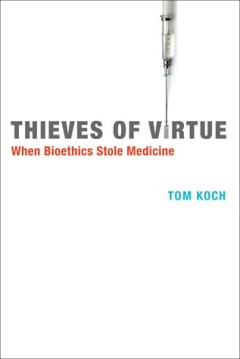
Thieves of virtue :when bioethics stole medicine
Bioethics emerged in the 1960s from a conviction that physicians and researchers needed the guidance of philosophers in handling the issues raised by technological advances in medicine. It blossomed as a response to the perceived doctor-knows-best paternalism of the traditional medical ethic and today plays a critical role in health policies and treatment decisions. Bioethics claimed to offer a…
- Edition
- -
- ISBN/ISSN
- 9780262305532
- Collation
- 1 online resource (373 pages) :illustrations.
- Series Title
- -
- Call Number
- -
 Computer Science, Information & General Works
Computer Science, Information & General Works  Philosophy & Psychology
Philosophy & Psychology  Religion
Religion  Social Sciences
Social Sciences  Language
Language  Pure Science
Pure Science  Applied Sciences
Applied Sciences  Art & Recreation
Art & Recreation  Literature
Literature  History & Geography
History & Geography